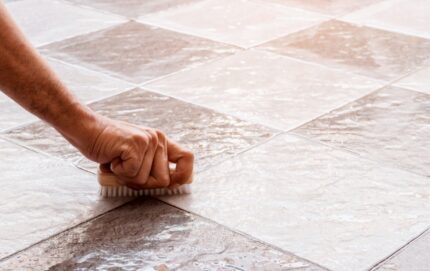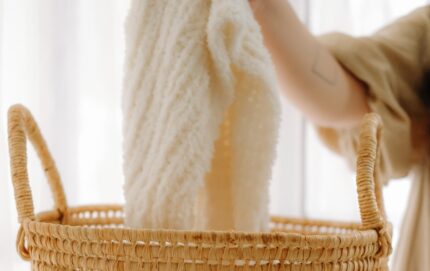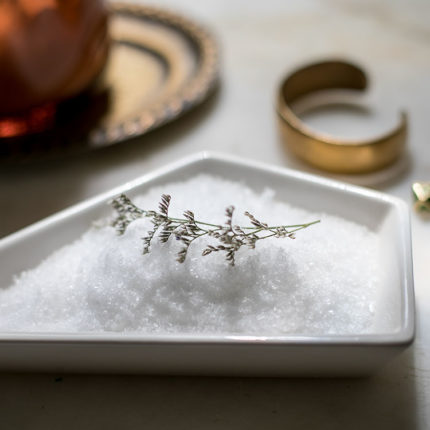Posture Expert Suggests Epsom Salt Soaks and Lower Heels
Half of the fun of going out is dressing up in pumps, platform heels and strappy stilettos, but Dr. Liza Egbogah BSc, DC, DOMP, one of North America's leading body and posture experts, cautions women to take care of their feet while wearing high heels.
“Consistently wearing high heels can lead to the formation of bunions, ankle sprains, knee injuries, hip and lower back pain,” said Dr. Liza, who consults with senior executives, celebrities, professional athletes and political leaders on health matters, injury treatment and prevention and stress reduction strategies.
While wearing high heels helps women to feel more confident and powerful, and appear taller and slimmer, Dr. Liza says that they alter the position of your body so more weight is placed on the balls of your feet. This shortens your calf muscles, overstretches the ligaments to the front of your knee, tightens your hip flexor muscles, and places more pressure on your lower back.
But the good news is that women can combat the negative effects of wearing high heels with something they likely already have in their medicine cabinet: Epsom salt.
“Epsom salt can help relieve muscle tension and joint stiffness that can be caused by wearing high heels,” said Dr. Liza. “By improving circulation, they can also reduce inflammation in aching feet.”
Dr. Liza recommends soaking your feet in a combination of warm water, Epsom salts, and peppermint or lavender essential oils for 20 minutes to help alleviate foot discomfort.
“As an added bonus, this ritual is quite relaxing and can promote restful sleep,” said Dr. Liza.
6 more tips to avoid foot injuries while wearing high heels:
- Choose high heels with a chunkier heel: These types of high heels are safer than stilettos because you’re more stable and don’t need to overuse your muscles to create stability.
- Place cushioning or orthotics inside your shoes: This helps to distribute your weight more evenly.
- Buy shoes made of natural materials: Natural materials, like leather, conform to your foot and stretch throughout the day in response to the changing size of your feet. It also allows your feet to breathe.
- Choose a shoe with a rubber grip: A sole with a rubber grip prevents you from slipping while you walk in the heels.
- Limit your heel height: Ideally, women should wear a heel height of three inches or less, or a 4-inch heel with a 1-inch platform. Platforms reduce the pitch of the shoe so less pressure is placed on the balls of your feet.
- Be conscious of your posture: Center your weight in your arches while walking, and rest your weight in the heel while standing to help prevent injury.
If at any point women experience foot pain, Dr. Liza says it is best to take a break from wearing high heels, whether that be for 20 minutes or a couple of weeks. She also says you should avoid aggravating the area with exercise.
“In most cases, any level of pain is an indication that your body is in need of some recovery,” said Dr. Liza. “If you have foot pain you would want to avoid running, but it would be ok to do upper body work while sitting at a bench. If you are feeling pain in your lower body, you should avoid any weight bearing exercises until the pain resolves.”
Dr. Liza recommends stretching your calf muscles, strengthening your glute and core, and avoiding all high-impact exercises until the area has healed. And it is always best to seek professional help if pain persists for longer than 3 days.





